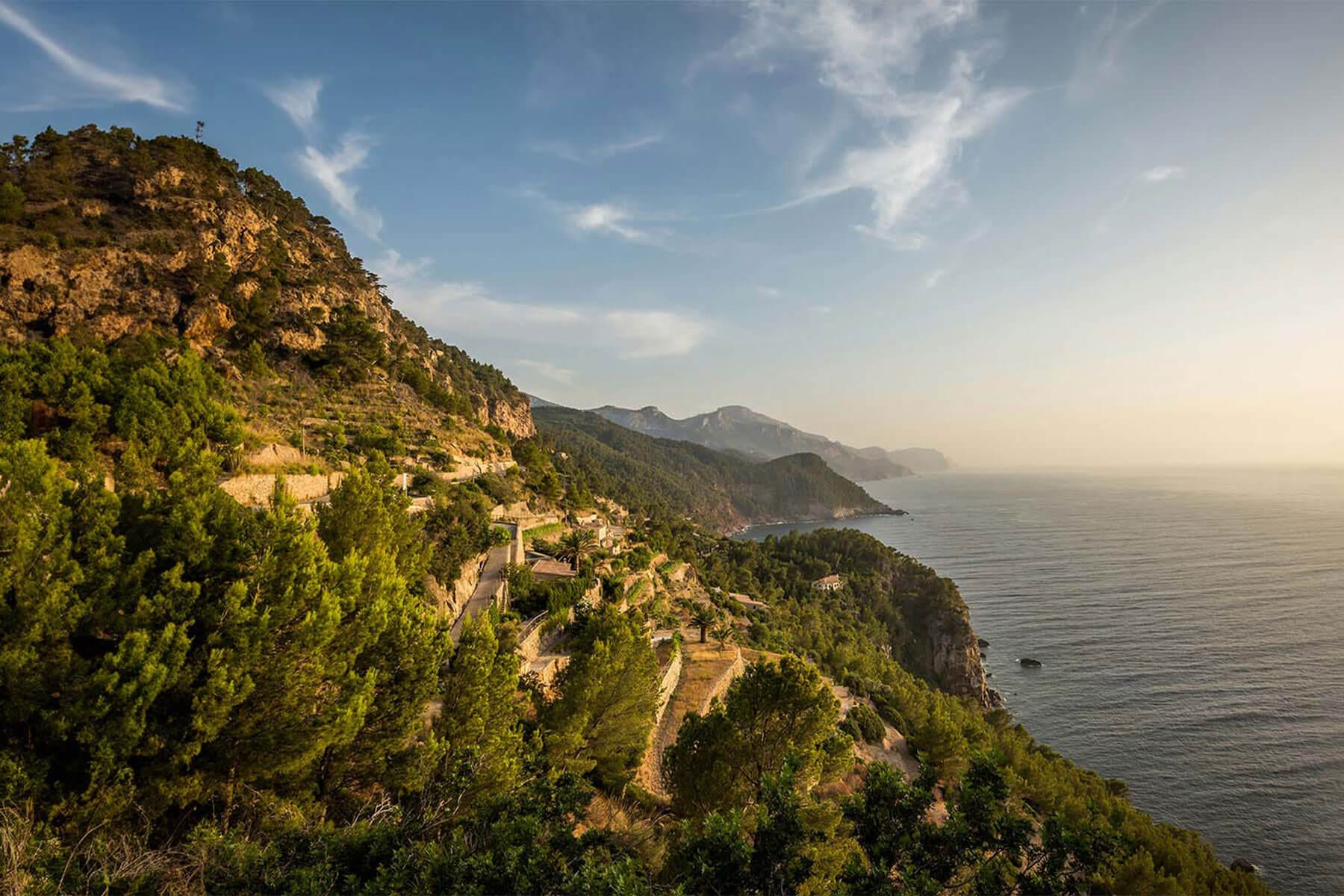Reforestation in
Spain
With its varied and divided landscape, Spain spans four biogeographical regions (Mediterranean, Atlantic, Alpine, and Macaronesian). Across these regions are intertidal zones, beaches, cliffs, dunes, salt marshes, saline steppes, and more. Around 32% of the country is forested or wooded, and it has more vascular plant species (est. 8,000-9,000) than any other European or Mediterranean country. In fact, it is one of the most biodiverse countries in the European Union.
Spain’s fertile land is threatened by tree cover loss, desertification and soil degradation, human activities, invasive species, natural disasters, species exploitation, and more. These combined threats, which are exacerbated by climate change, have manifested steep declines in biodiversity. Today, 15% of Spain’s vascular plants, 31% of vertebrate species, 55% of continental fish, and 31% of amphibians are endangered.

Spain Stats
50%
Agricultural land
Around 50% of land in Spain is used for agricultural purposes.
Agricultural land (% of land area) - Spain, World Bank Group
1,200
plant Species threatened
Around 1,200 vascular species of flora are threatened in Spain.
Spain - Country Profile, Convention on Biological Diversity
16
national parks
Spain is home to 16 national parks — each with unique topography.
Spain's National Parks, Spain’s Official Tourism Site
57,300
Hectares of forest lost
Spain lost 57,300 hectares of natural forest in 2023.
Spain's National Parks, Spain’s Official Tourism Site
1 OF 25
BIODIVERSITY HOTSPOTS
One of the most biodiverse countries in the EU, Spain is a globally recognized biodiversity hotspot.
Spain - Country Profile, Convention on Biological Diversity
Project Highlights
Planting trees in Spain can help establish diversified food and income sources for local communities, restore critical habitat for biodiversity, and improve soil health. Learn about two recent reforestation projects that planted trees in Spain.

Undabaso Forest
This project focused on biodiversity recovery, marking it as a vital conservation goal. This was addressed by planting trees to restore habitats, improve water cycles, support natural vegetation, and more.
Regenerative Agriculture
With half of Spain’s land utilized for agriculture, improving soil health is vital to the country’s future. Many of these farmlands face the threat of desertification as tree cover loss increases. This project planted trees to restore tree cover in priority areas and promote regenerative agriculture, benefiting farmers and wildlife alike.


Hog and Sheep Fire Restoration
This project reforested areas that were impacted by the 2020 Hog and Sheep fires. These high-severity fires heavily damaged local watersheds and habitat areas. Planting trees helped to restore habitat, improve soil stability, and increase carbon sequestration. Seedlings were planted at variable densities depending on slope, aspect, soils, site class, and soil moisture in late winter to early spring.



